Latest
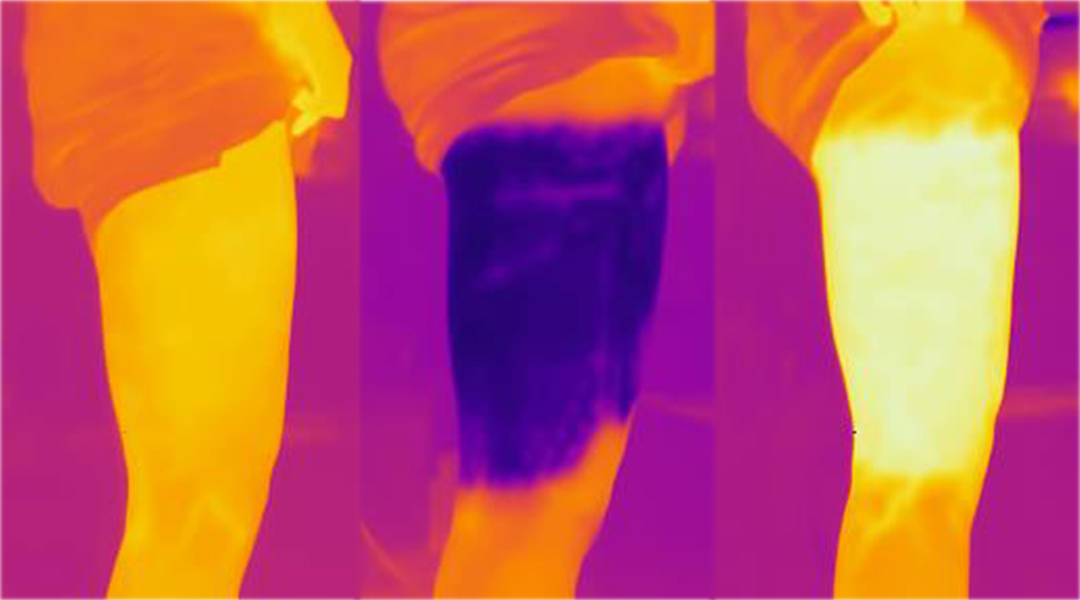
COOLWEAR: Water immersion therapy without waste
The fluidic wearable device is less wasteful when it comes to water, but equally effective alternative to water immersion therapy.
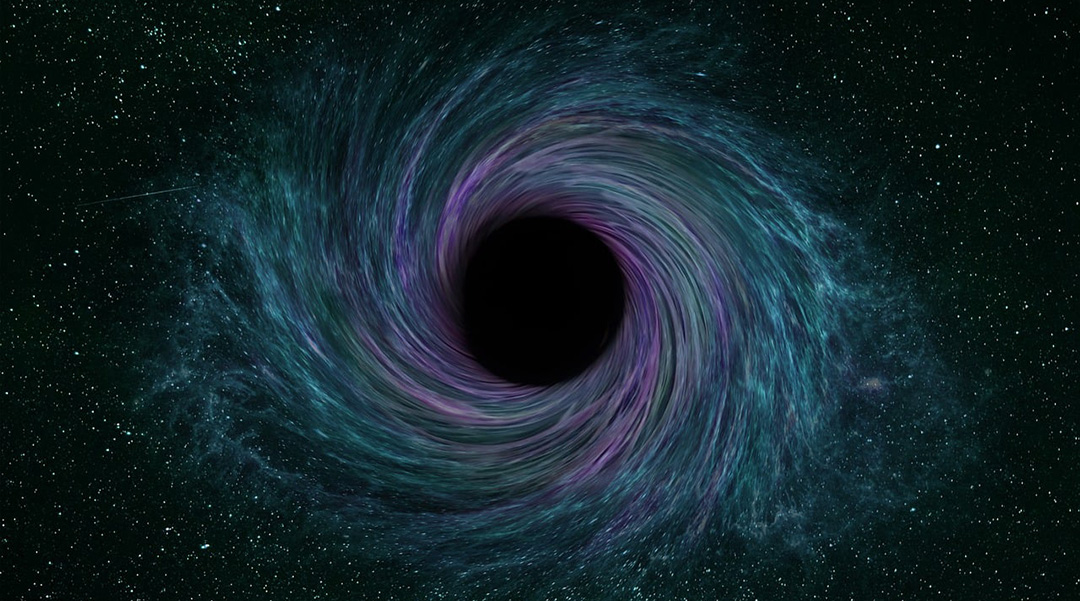
A theory of frozen stars challenges our understanding of black holes
Linking string theory with observations, frozen stars shed new light on black holes and the clash between quantum mechanics and relativity.
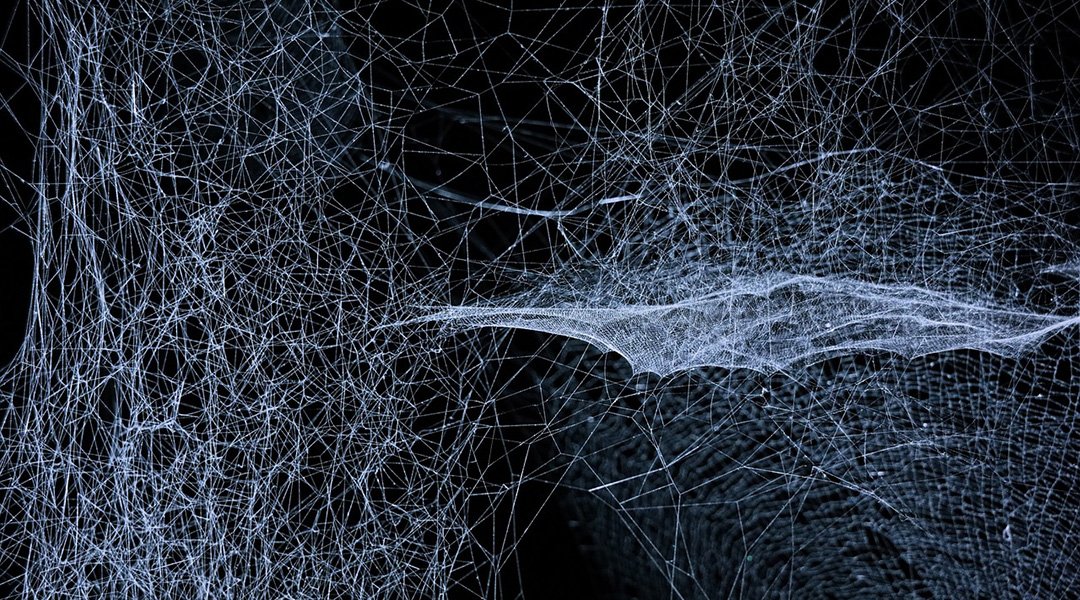
A “dark dimension” could help explain the origin of dark energy
Scientists propose that mysterious dark energy could be understood if we look at the Universe through the lens of string theory.

Securing data with bright entangled photons
Secure data sharing methods using quantum key distribution via satellites promise advancements in long-distance quantum communication.
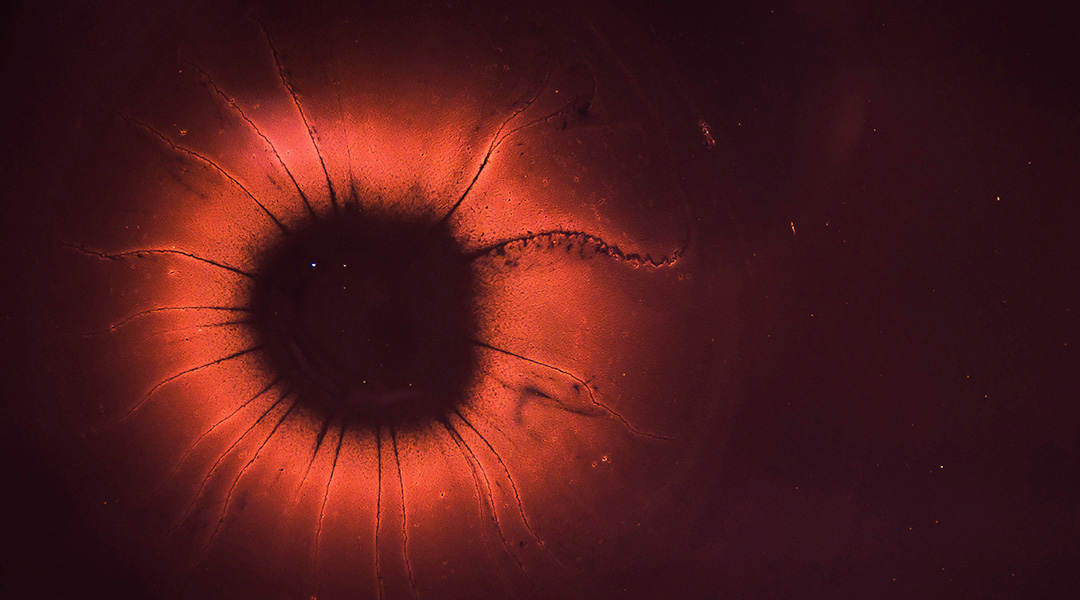
Study finds zombie cells may play a role in aging
Cells that can no longer divide may play a role in the chronic inflammation that weakens the immune system and contributes to aging.
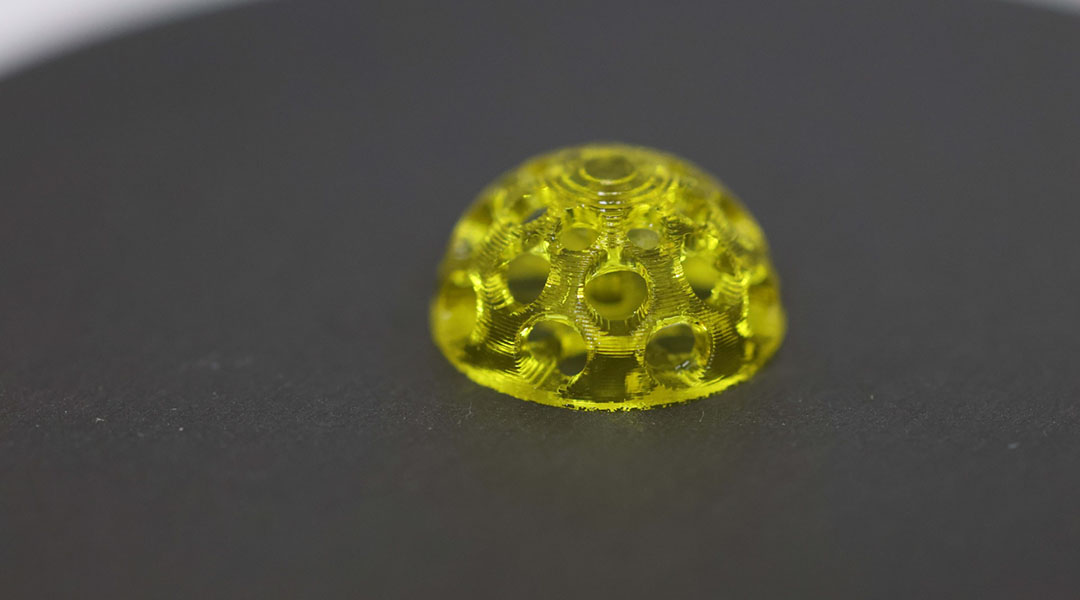
This 3D-printed breast implant could help stop breast cancer relapse
The customizable implant releases an anticancer drug in the presence of new tumors that might go undetected by MRI.
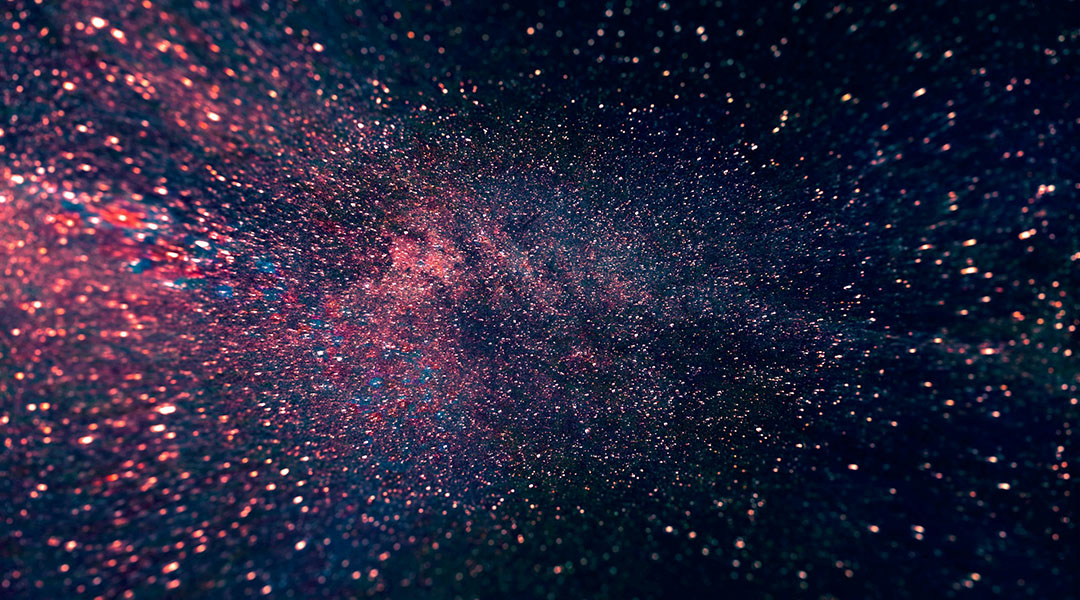
String theory provides a new take on the expansion of the Universe
String theory could reshape our understanding of the Universe’s accelerating expansion and unlock the mysteries of dark energy.
ASN Weekly
Sign up for our weekly newsletter and receive the latest science news directly to your inbox.
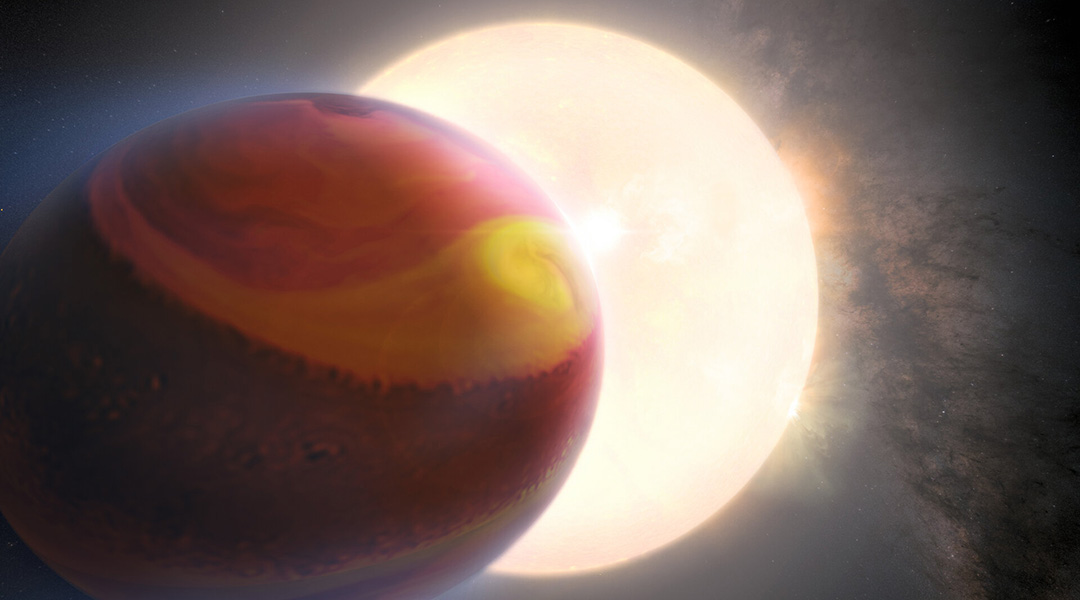
Astronomers track weather on an exoplanet that rains gemstones
The Hubble Space Telescope saw massive cyclones, storms, and weather chaos in the changing atmosphere of WASP-121b, a planet so hot it rains iron, sapphires, and rubies.
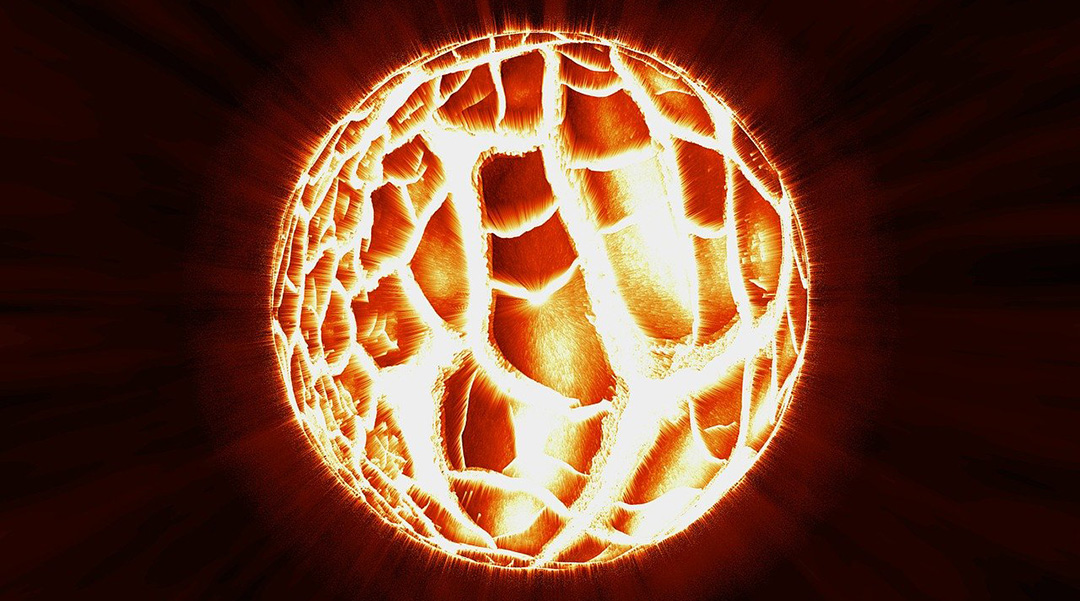
Neutron stars may be hiding quark matter in their cores
Massive neutron stars have such enormous pressure in their cores that neutrons residing there lose their integrity and become a new type of matter.
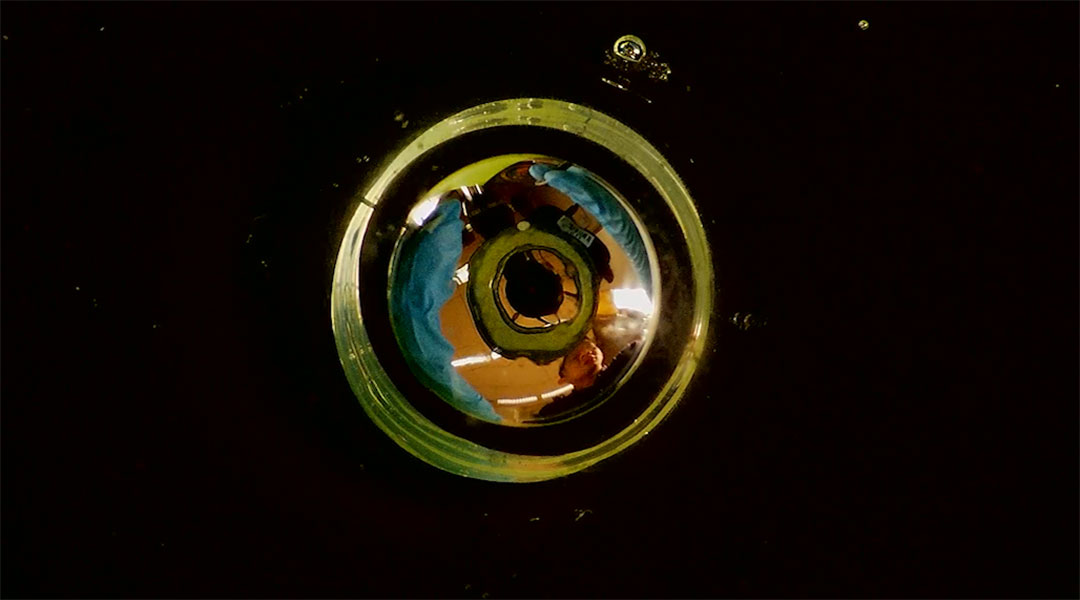
Liquid metal memory
Turns out, liquid metals offer an unconventional approach to creating fully flexible memory storage devices inspired by the brain.
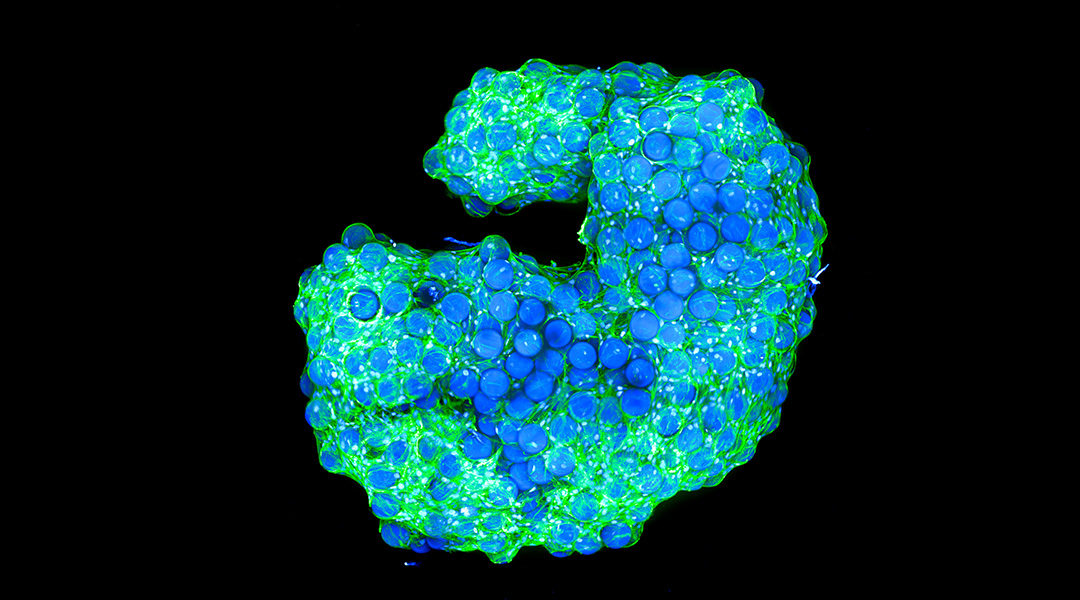
Cellular architects “build their own houses”
Scientists have created biological structures that when left alone, self-assemble into materials that resemble living tissue.
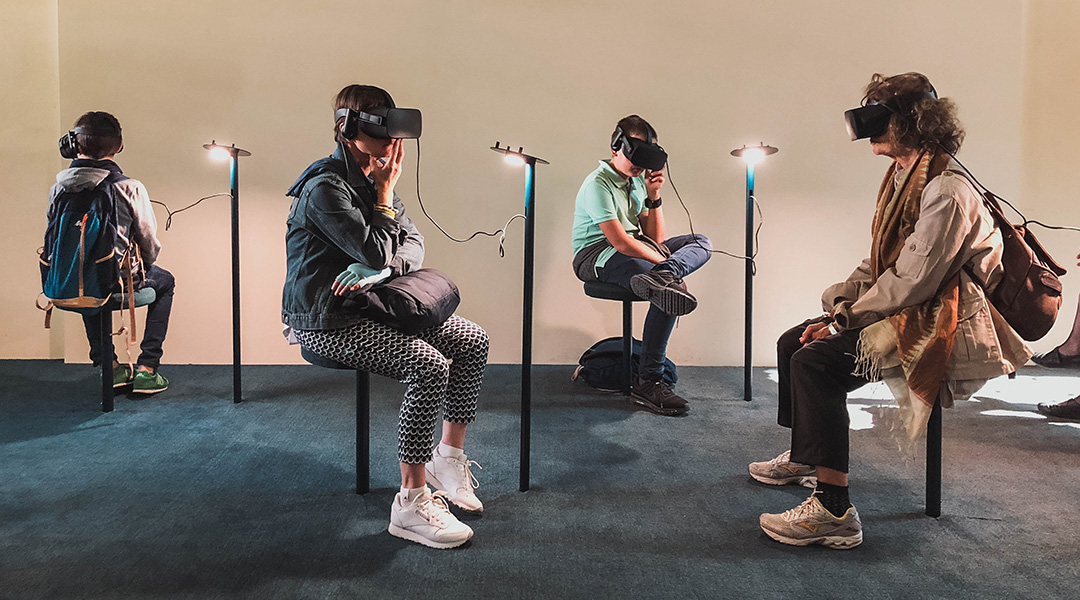
When it comes to VR, emotional connection beats sophisticated graphics
A lot of money goes into making tech better, but more effort needs to be centered on improving the user’s emotional experience.
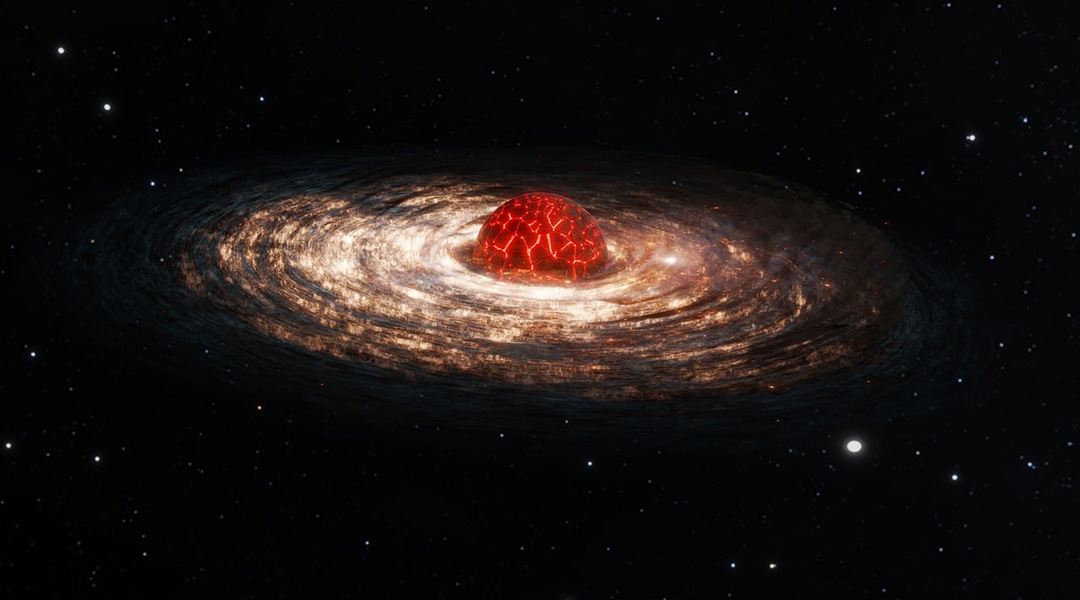
Hidden dark matter stars and where to find them
While dark matter’s enigmatic nature persists, Proca stars made of dark photons could help shed light on this cosmic mystery.
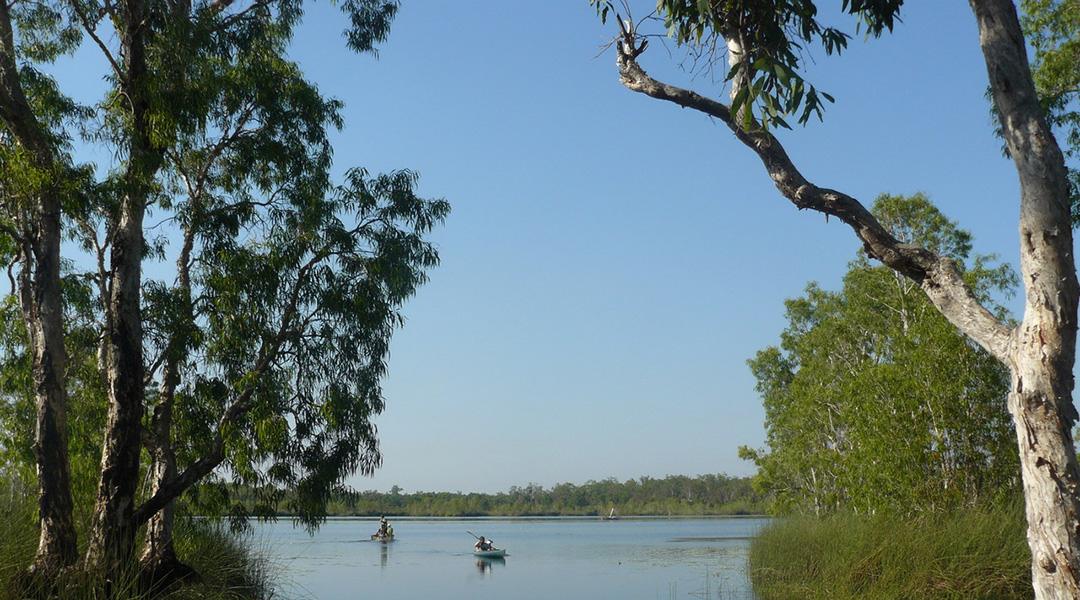
Indigenous fire management in Australia traced back 11,000 years
Abandoning traditional practices led to intense dry season fires, drastically altering biodiversity and increasing greenhouse gas emissions.
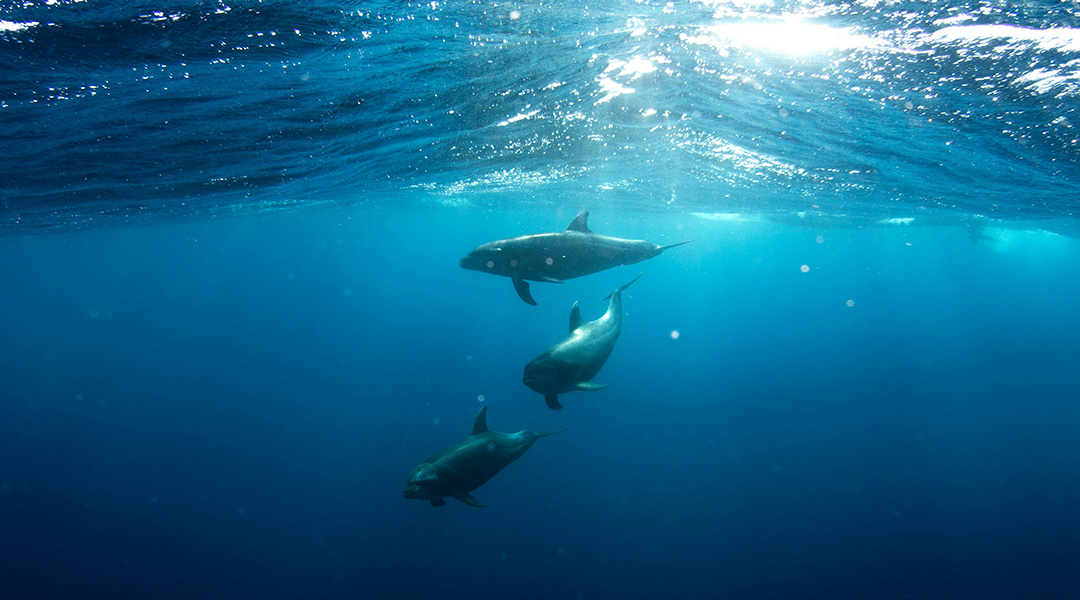
Invisible underwater robots
A transparent underwater robot camouflages itself to explore the ocean, reducing encounters with delicate sea life.
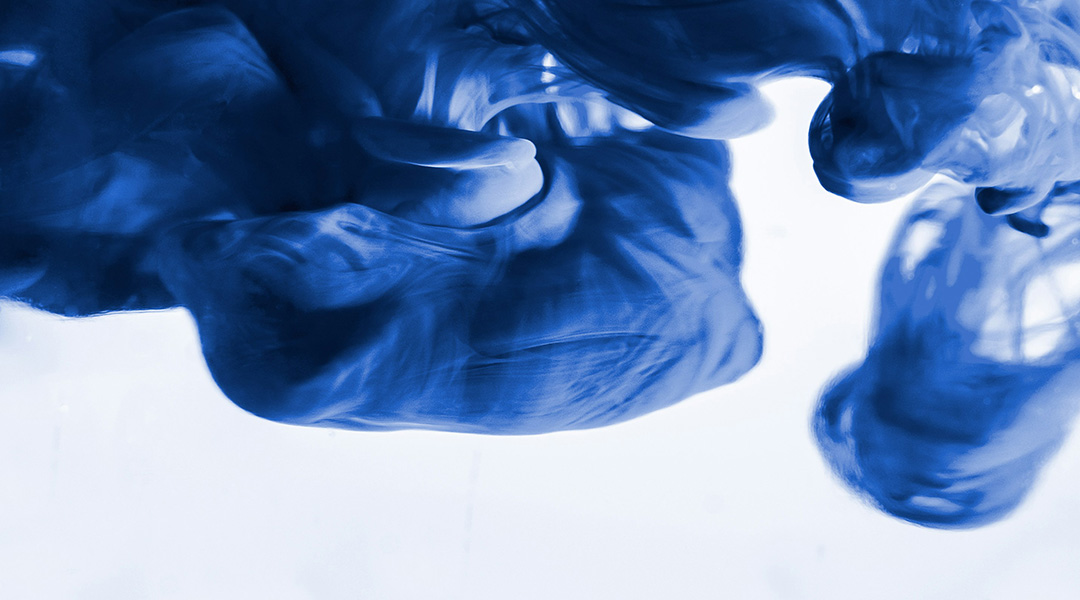
Cleaning up toxic dyes in wastewater with gold nanoparticles
Gold nanoparticle clusters boosted the efficiency of titanium dioxide in degrading a toxic dye called methyl orange.
No Results Found
The page you requested could not be found. Try refining your search, or use the navigation above to locate the post.
No Results Found
The page you requested could not be found. Try refining your search, or use the navigation above to locate the post.
No Results Found
The page you requested could not be found. Try refining your search, or use the navigation above to locate the post.
No Results Found
The page you requested could not be found. Try refining your search, or use the navigation above to locate the post.
No Results Found
The page you requested could not be found. Try refining your search, or use the navigation above to locate the post.
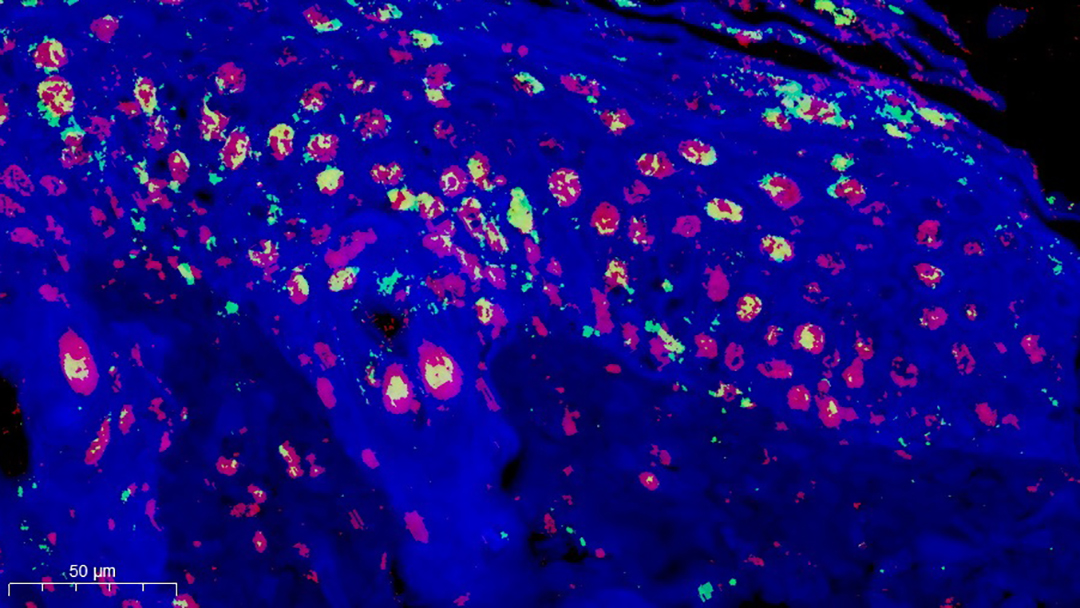
Zwitterions speed up healing in diabetic wounds
Zwitterionic hydrogels boost healing in diabetic wounds by balancing the immune response, reducing inflammation, and promoting tissue growth.
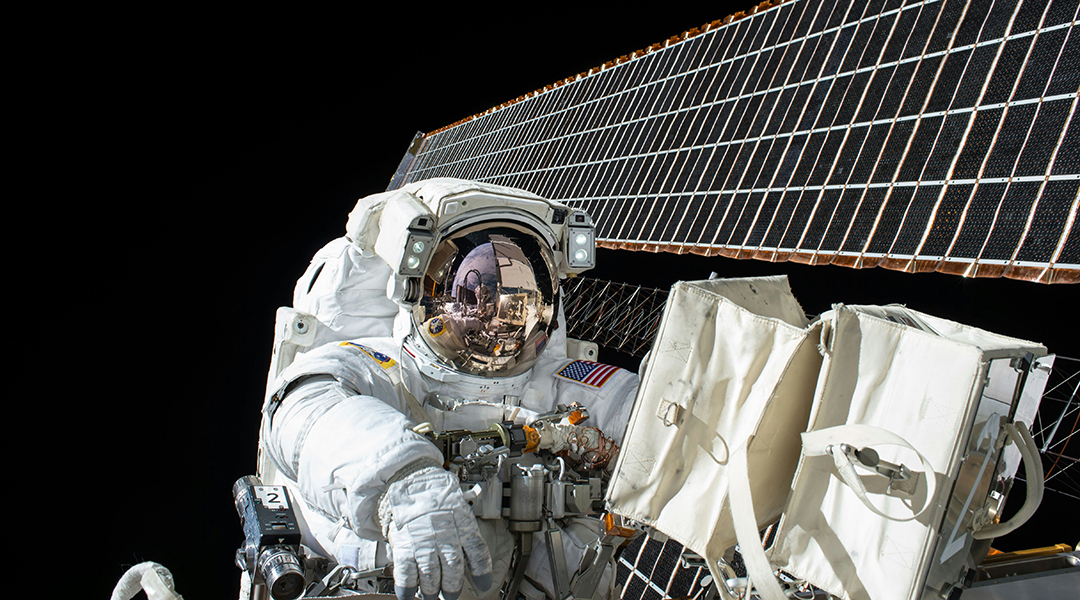
An organ-on-chip simulates the effects of cosmic radiation on astronauts
Future astronauts may be protected from galactic cosmic rays thanks to a novel organ-on-chip system containing interconnected human tissue.
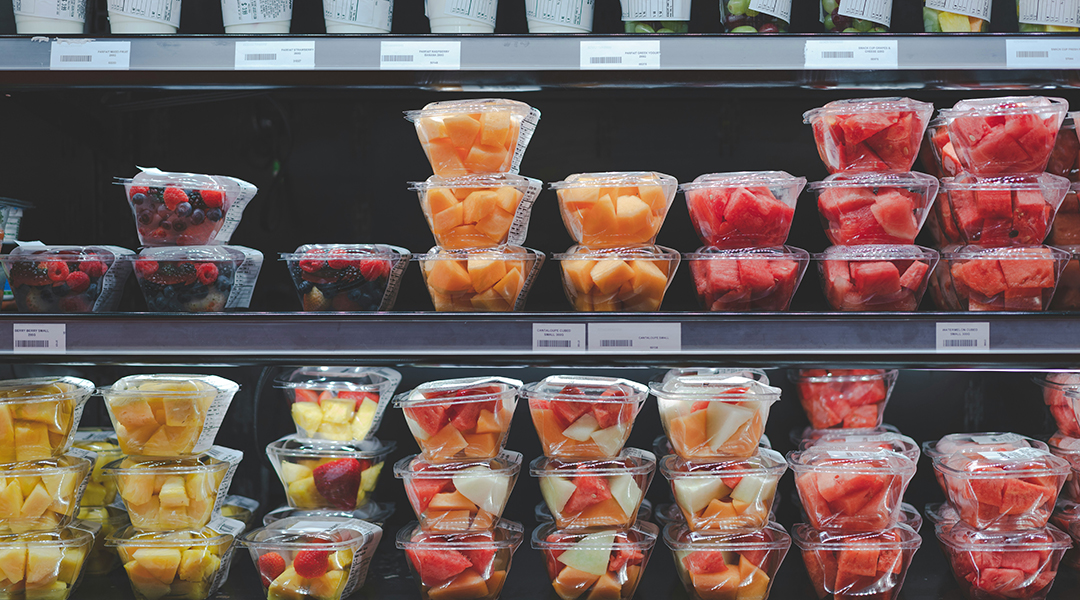
Cutting out processed foods doesn’t automatically make a diet healthier
Switching to less processed does not guarantee a healthy diet; the types of foods may be more important than their level of processing.
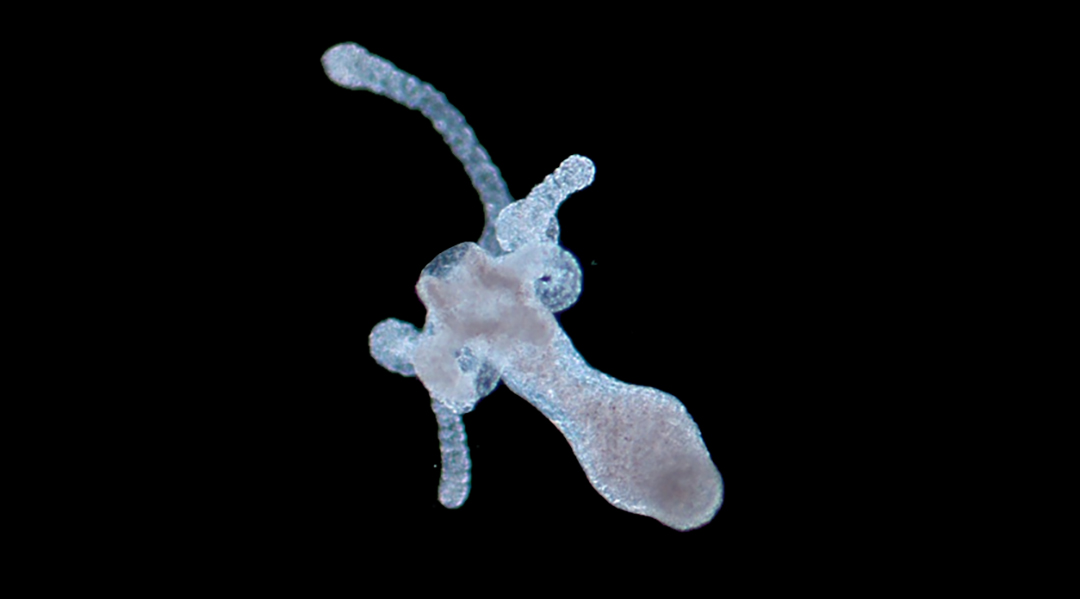
Gold nanoparticles help hydras regrow their heads
Gold nanoparticles and near-infrared light speed up regeneration and reproduction in hydras, providing insights for regenerative medicine.
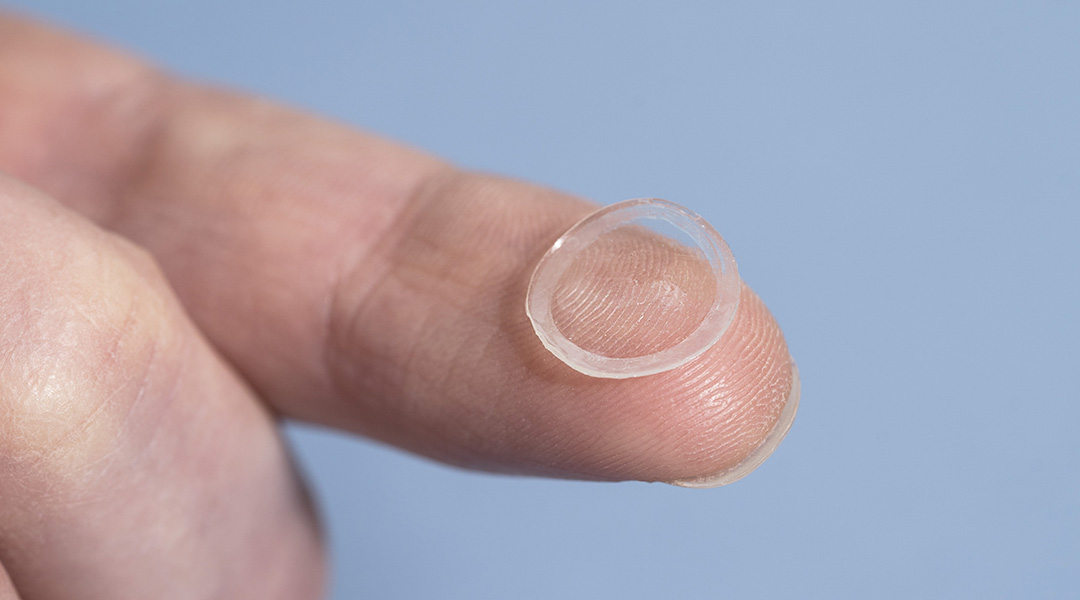
These “living” contact lenses self lubricate to avoid dry eyes
Bacterial biofactories embedded in the rim of the lens continually produce hyaluronic acid, a natural lubricant, to keep the contacts moist.
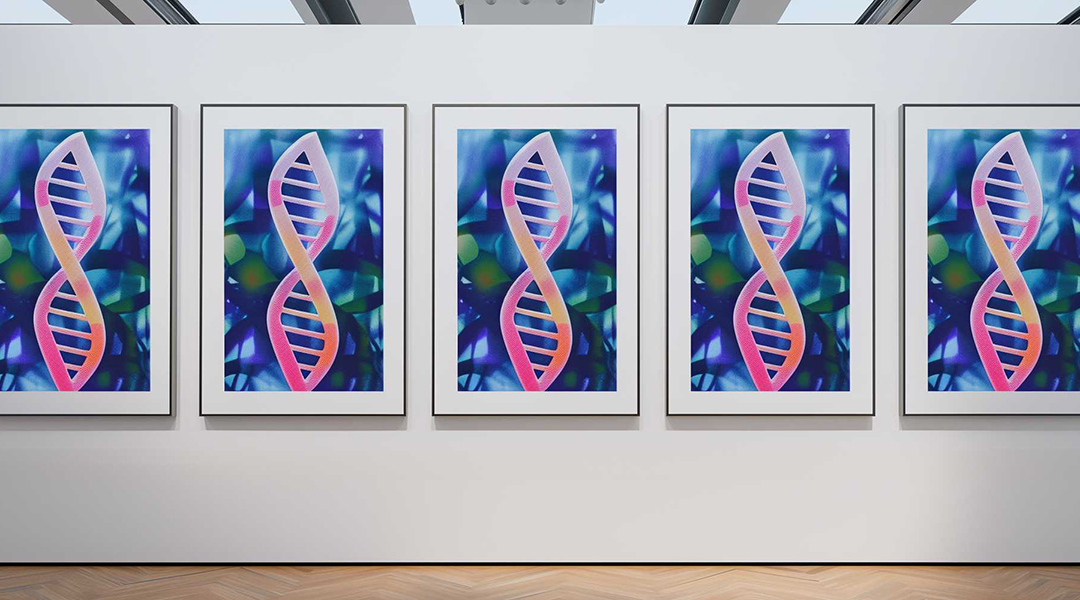
Quantum proofing passwords and artwork with DNA encryption
Chaotic pools of DNA could be the future of encryption, proving authenticity of artwork or securing passwords against quantum computers.
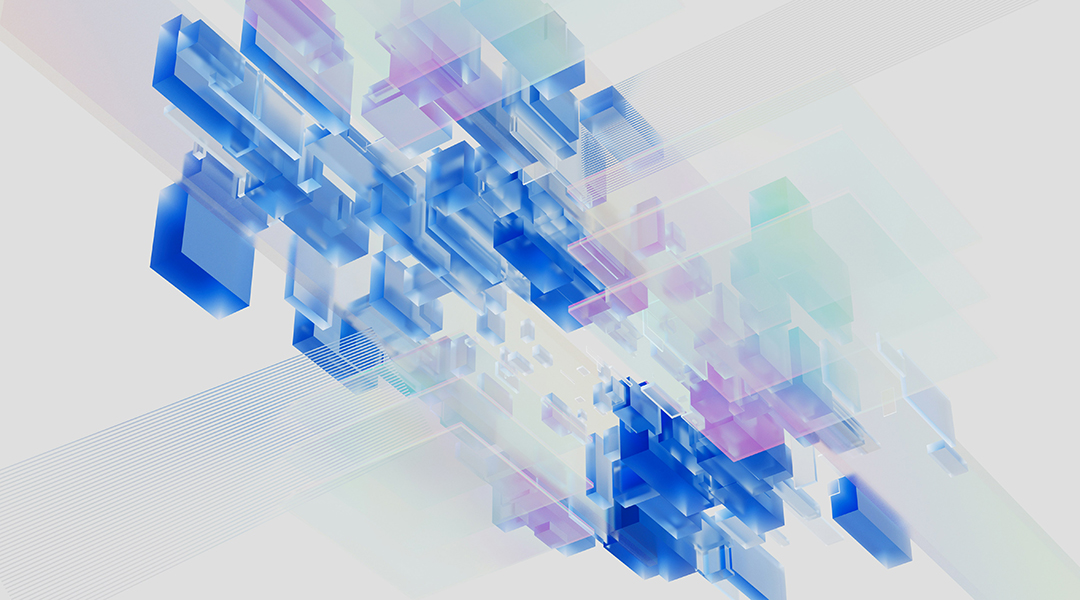
How the bias in algorithms can help us spot our own
People recognize their own biases in algorithms’ decisions more than they do in their own—even when those decisions are the same.
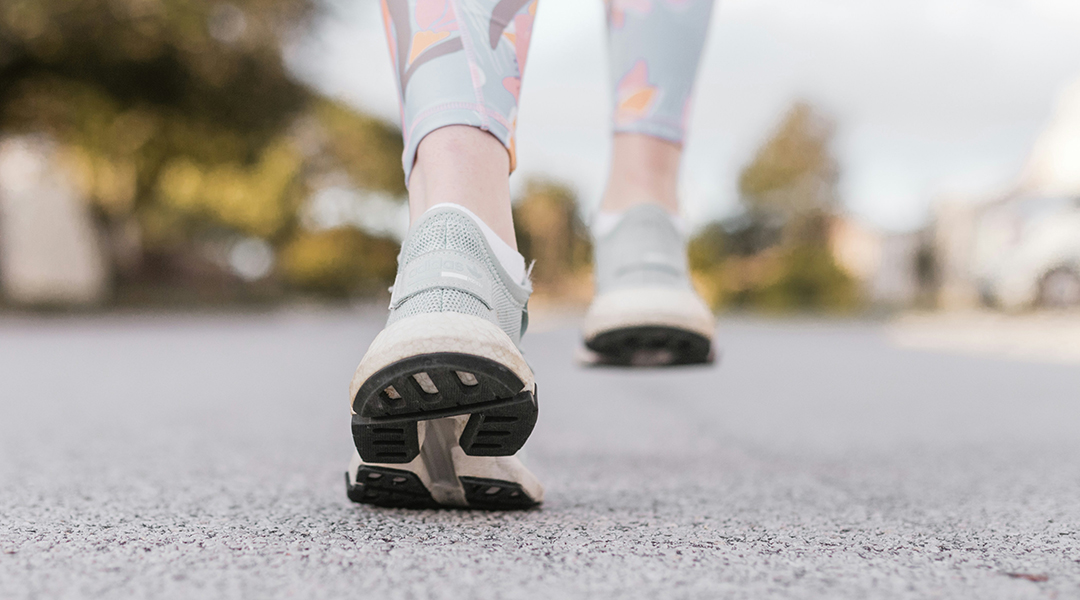
Electronic socks prevent foot-related complications in diabetic patients
An electronic sock detects an “unhealthy” walking style linked with diabetes and poor circulation to prevent foot ulcers and amputation.
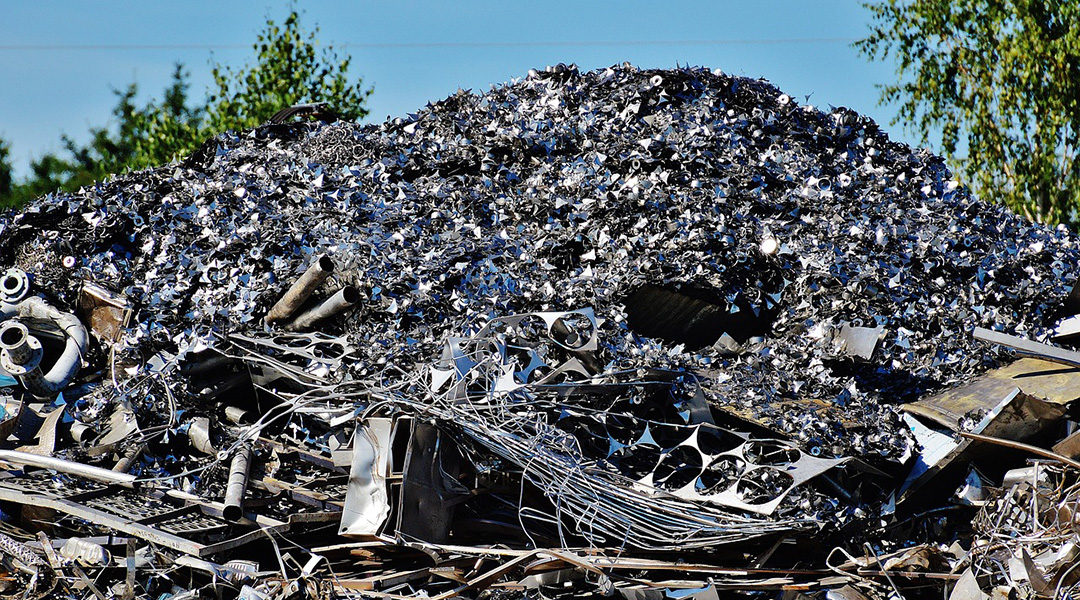
Tackling e-waste by making electronics compostable and recyclable
Researchers are tackling the growing problem of electronic waste by designing wearable electronics from sustainable and recyclable materials.

Photoacids capture and release carbon with the flick of a switch
Scientists develop a light-driven carbon capture system using photoacids, creating an energy-efficient method to remove atmospheric carbon dioxide.
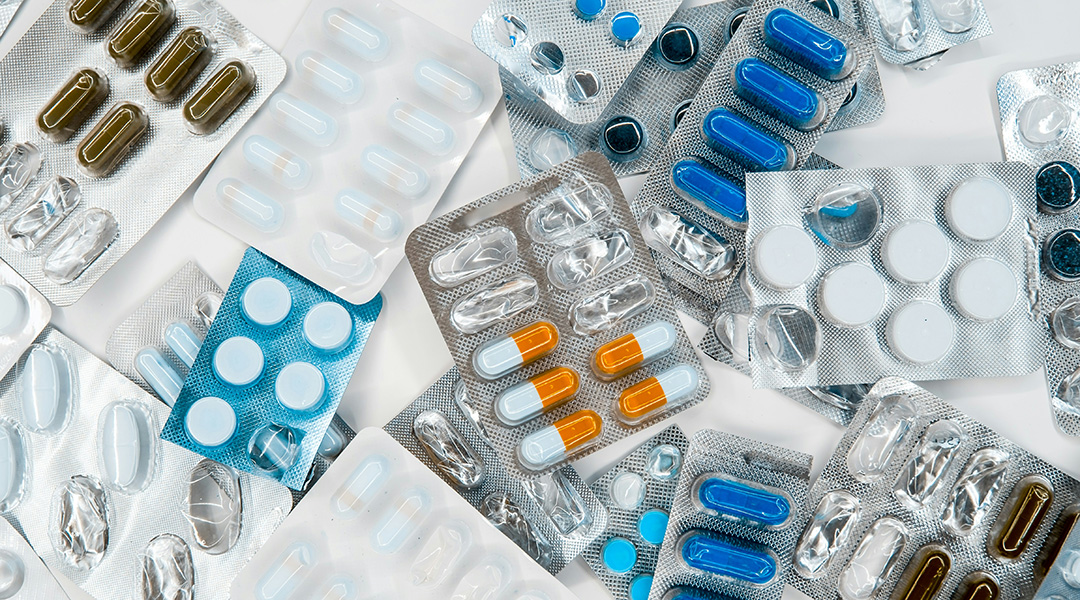
Antimicrobial resistance is an unwinnable arms race
Experts argue a new approach is needed so that we are less reliant on antimicrobial drugs, where less use means less resistance.
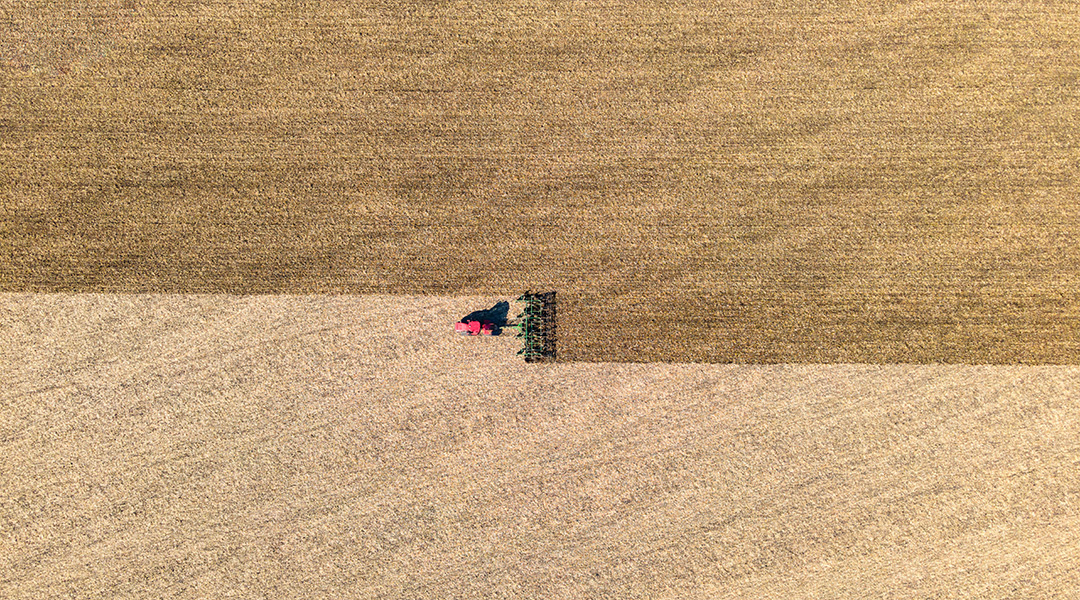
Just how secure is the global food supply?
According to researchers, crop yields could suffer considerably in the face of a sudden catastrophe, but we can prepare.

This mathematical tool could improve how fast information is shared
Researchers develop “relative attention entropy” to optimize data transmission, aiding AI learning and communication systems.
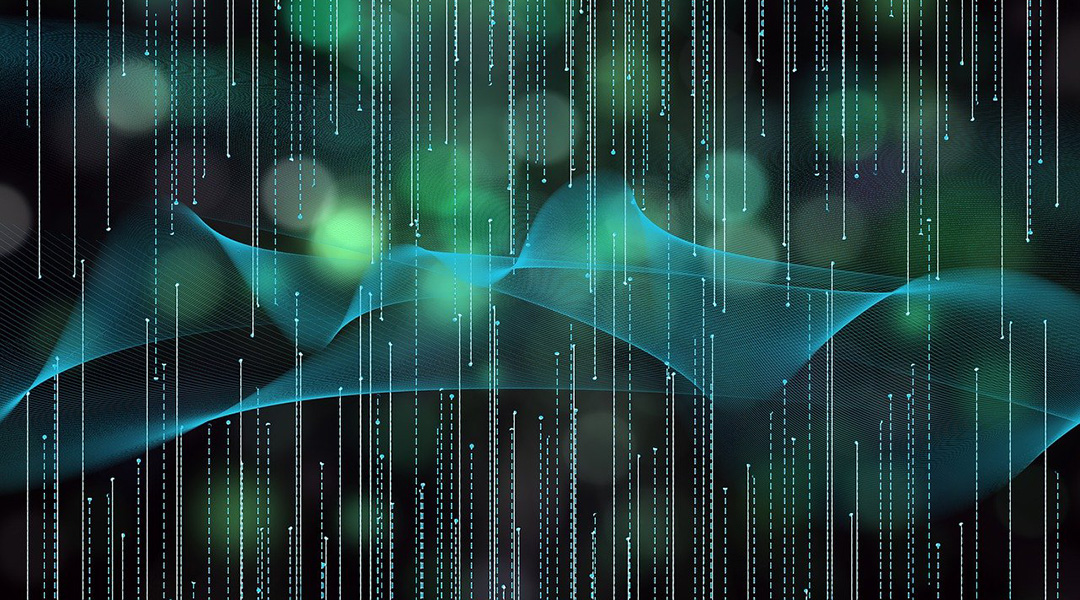
A quantum take on oblivious transfer unlocks ultra-secure communication
In addition to ensuring the secure transfer of quantum communications, researchers have come up with a way to safely store and process data.
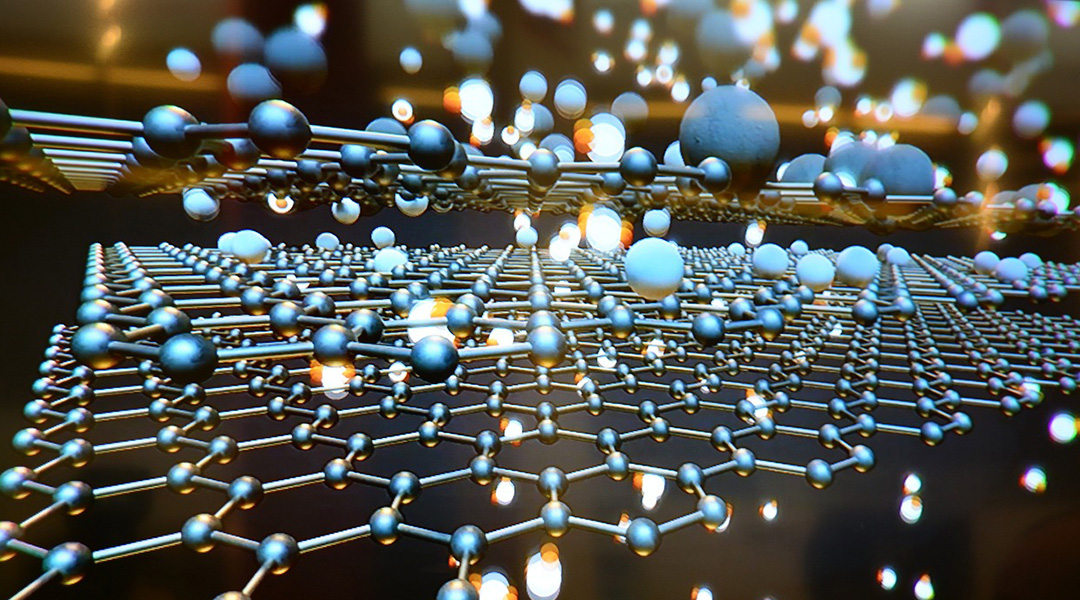
Graphene gets a magnetic boost
A new hybrid graphene incorporates new elements to help make the material magnetic for applications in electronics and computer science.
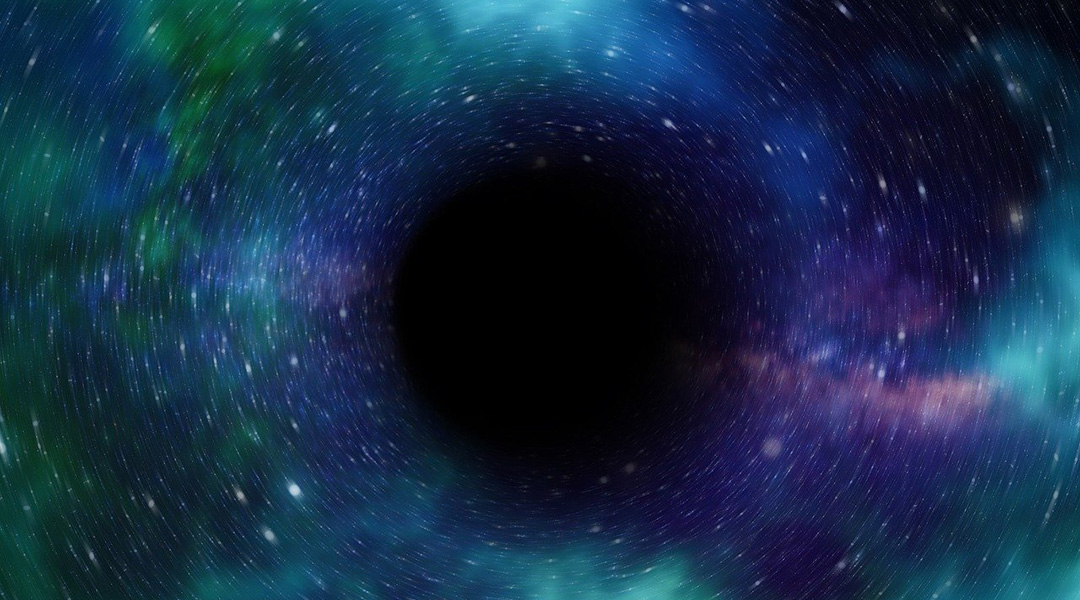
New JWST data challenges our understanding of supermassive black holes
The new findings contradict most observations of supermassive black holes, making this an unprecedented discovery.
